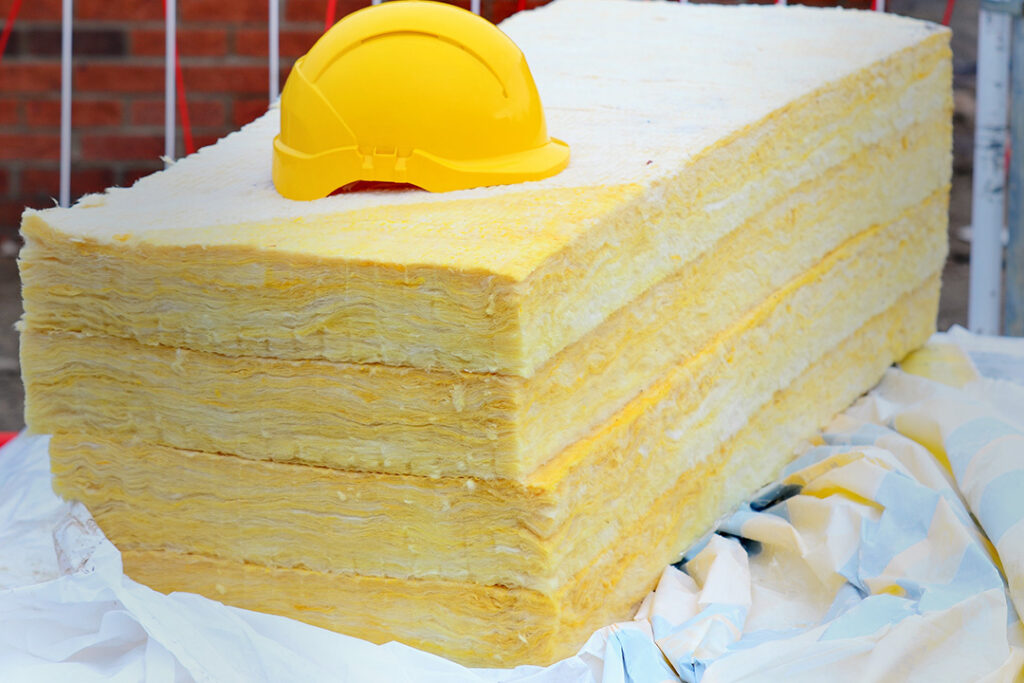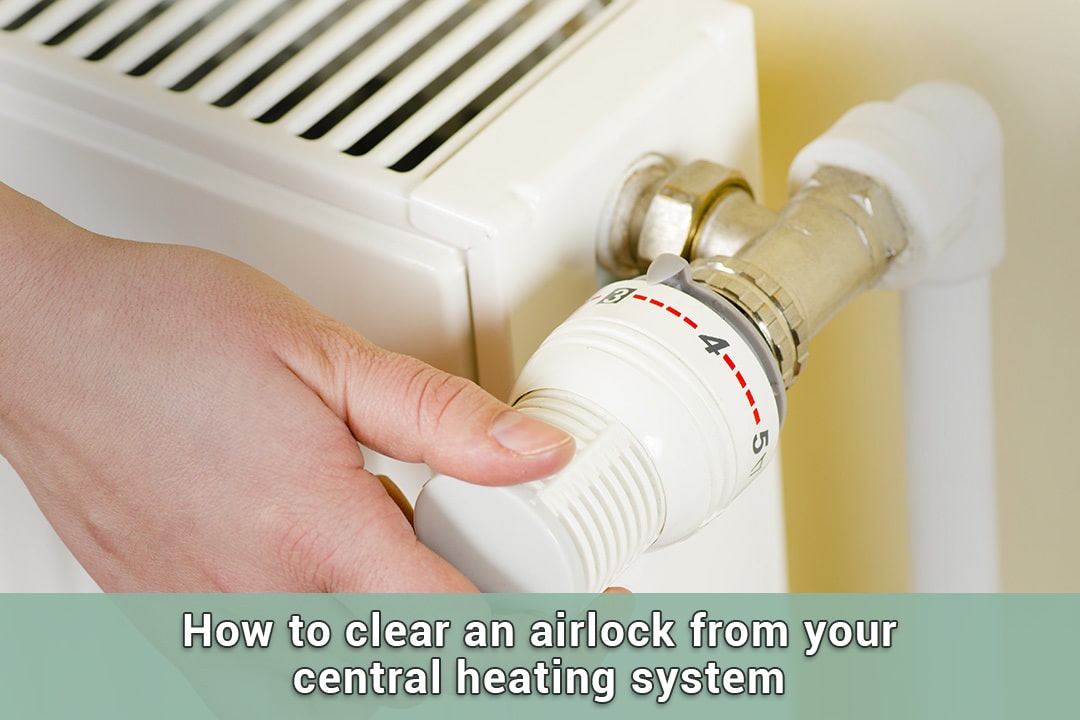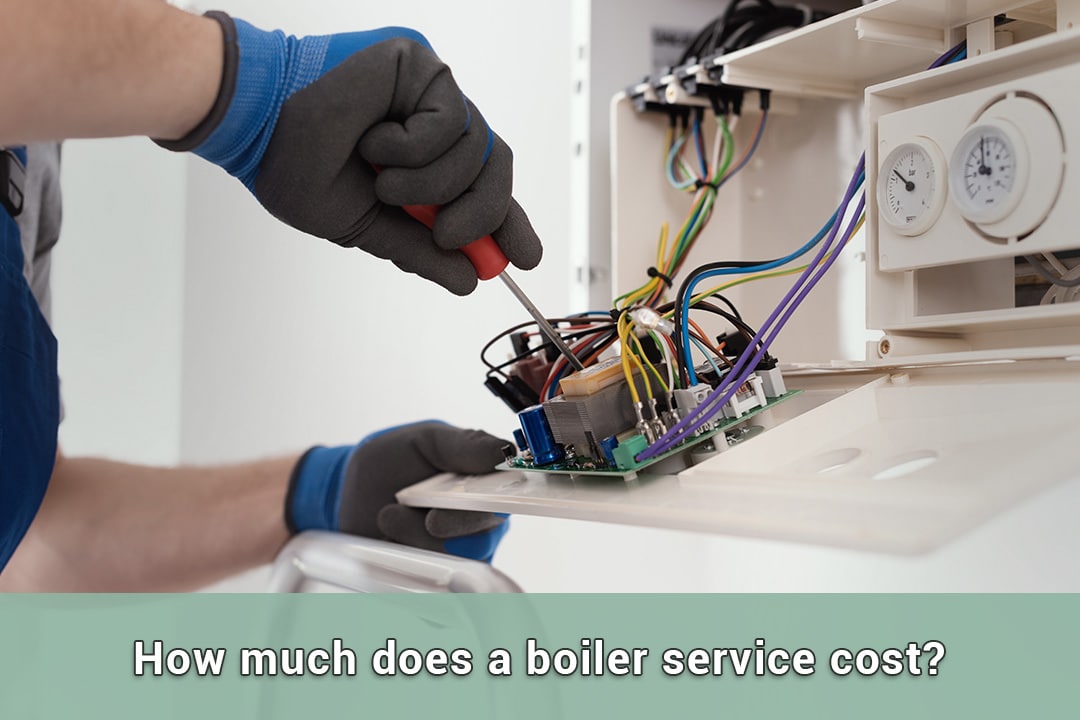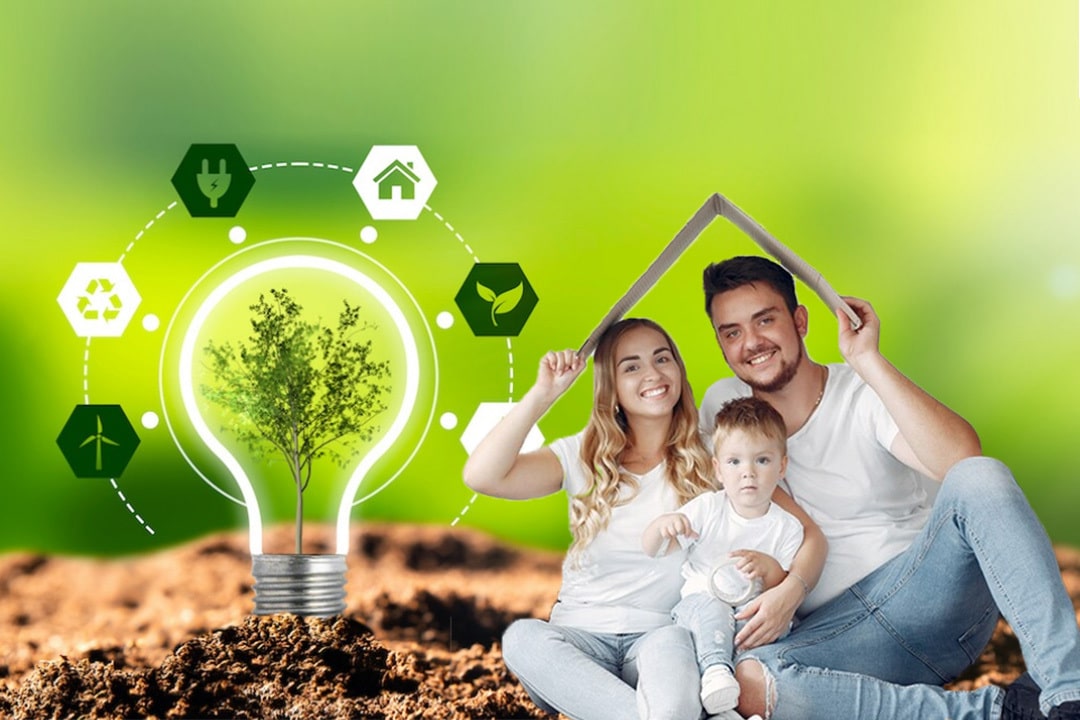Table of Contents
Cavity wall insulation plays a key role in keeping the warm air inside and stops it from moving around the space between the walls. If you want to enjoy perfect warmth, your cavity walls must be insulated properly. Moreover, this besides saving you pounds and money on the heating costs, helps the environment.
What is the Insulation?
Insulation keeps your home fully protected from the harshness of weather. It traps heat and does not allow it to escape. Insulation is all about materials and methods that you use to keep our homes warmer and cooler. Insulation works as long as it is in good condition. You often insulate our walls, roofs and windows for proper heating systems. Now, there are several other reasons for which you insulate your home. First, you want more and more comfort inside of your home. Second, you want to cut down on gas and electricity bills. Third, insulation helps you fight climate change by reducing your carbon footprint. So if your home is not properly insulated, it will lose lots of heat.
Without a doubt, homes that don’t have insulation, witness about one-third of heat escaping through the walls. So walls are critically important from an insulation point of view. They’ve often gaps that need to be covered. Consequently, if you fill these gaps through insulation, it will help you save energy and spend less on heating.
What is the Cavity Wall?
A cavity wall is like having two walls with a gap in between. We call them leaves: one inside (internal leaf) and one outside (external leaf). Also, another name for a cavity wall is a hollow wall. To find out what kind of walls your house has, you need to take a look at the outside. If you find the bricks in a neat pattern where each one goes longways, you’ve got cavity walls. Old houses built before 1920 probably have solid walls. Unlike cavity walls, solid walls don’t have a gap in the middle; they’re just one solid wall, usually made of brick or stone.
How to Insulate Cavity Wall?
Well, you can insulate cavity walls by filling out their gaps tightly with a special material. Generally, companies that carry out this task know how to put in the insulation and close the holes with cement. For this purpose, they may use mineral wool, polystyrene beads, or sometimes polyurethane foam.
Moreover, to insulate your walls, a worker drills small holes (about 22mm) in the outside walls. Next, they use special tools to blow in the insulation. Once this is done, they cover up the holes in the bricks. But they might not be visible to you. What’s more, you can’t do this job yourself. So you need to hire someone who knows how. A professional can finish in about two hours for a regular house with easily reachable walls. So it won’t create a mess.
Cost of Cavity Wall Insulation
Insulating your house can cost different amounts depending on the type of house.
For detached houses, the insulation cost is highest, going up to £4,600. Semi-detached houses can cost between £820 and £2,700. Mid-terraced houses are usually half the price, ranging from £530 to £1,500. Flats have even lower costs, around £560 to £1,000, but everyone in the building must agree before the work starts.
Besides insulation costs, there are other expenses to consider.
Before starting, an insulation specialist checks your house, and this initial survey costs about £75. Sometimes, your house might need extra repairs along with insulation. Fixing or replacing wall ties can cost between £1,000 and £2,000. If the wall cavities are tricky due to existing insulation or debris, it might cost an extra £50-£100 or more.
Experts also suggest insulating your roof when doing wall insulation. This can cost between £930 and £1,200, depending on your roof’s size.
Cavity wall insulation costs vary based on the material used per square meter.
- Polystyrene Beads: £18 to £22 per m2. Good for heat insulation but lacks sound insulation and may leak from cracks.
- Glass Wool: £13 to £18 per m2. Budget-friendly, fireproof, and comes in various qualities.
- Polyurethane Foam: £22 to £26 per m2. Fills small gaps but is not eco-friendly and emits toxic fumes over time.
- Mineral Fibre: £13 to £18 per m2. Made from molten rocks, easy to install, good insulation, but not environmentally friendly.
- Wool Fibre: £25 to £30 per m2. Environmentally friendly, excellent insulation, but more expensive.
- Cavity Wall Boards: £15 to £17 per m2. Pre-made boards for specific wall spaces, better for new builds, budget-friendly but challenging to retrofit.
Overall, the choice depends on your budget, insulation needs, and environmental considerations.
The "K" Value and Material Considerations

Insulation’s effectiveness is measured by a “K” value, expressed in Watts per meter per degree. It gauges how well a material protects a building from external conditions. A handy graph helps compare different insulators. However, not all materials are equal, considering safety, ease of use, and cost. Glass Wool/Fiber Glass, for instance, is an affordable and effective insulator but requires a vapour barrier for moisture control.
Despite the health risks, asbestos insulation, once common, may still be found in older buildings. The shape of an insulator also matters, impacting its performance. Correct application is crucial for ensuring insulation works well.
Saving Money with Cavity Wall Insulation
When it comes to putting insulation in your walls, the installation costs can vary based on your home’s size. But, whether you live in a large detached house or a small flat, you can get back the installation money within five years or even less because of the yearly savings on your energy bill.
To cut down on these costs, think about doing the work alongside other home improvements. Do not take on the whole house at once. This way, you can bring the costs down a bit. Furthermore, your home will be full of warmth and comfort. Also, money will stay in your bank account.
Benefits of Cavity Wall Insulation
Save Money: Despite the initial cost, cavity wall insulation pays off in long-term savings on heating or energy bills. However, over time, the investment becomes more economical.
Stay Warm: Insulation keeps your house warmer, reducing the need to crank up the heater during chilly nights. On the contrary, this leads to a consistent and comfortable temperature.
Energy Efficiency: Cavity wall insulation makes your home more energy-efficient, contributing to both comfort and cost savings. Nevertheless, this efficiency positively impacts your overall energy consumption.
Reduced Carbon Footprint: By preventing heat escape, insulation helps the environment by lowering your carbon footprint. In contrast, it aligns with eco-friendly practices and sustainability.
Property Value: Homes with pre-installed wall insulation are more attractive to buyers, potentially increasing the value of your property.
Checking If Your Cavity Wall Needs Insulation?
So, if you want to check if your cavity wall needs insulation, you better opt for the following options:
- If your home is relatively new, there might already be insulation. But to check:
- Ask an expert installer. They’ll peek inside your walls through a small hole.
- Check with your local building control department.
- Furthermore, for standard insulation to work, your home should:
- Have empty walls outside.
- Have a cavity at least 50mm wide and free of debris.
- Keep the walls in good shape.
- Avoid direct heavy rain.
- Stay safe from flooding.
A qualified installer can check and let you know the situation. Moreover, if suitable, they’ll fill the walls with insulation like mineral wool or polystyrene beads. However, if you’ve got uneven spaces or flood-prone areas, opt for a bit expensive but effective polyurethane foam. You can hire a special installer who does the job if it’s a good fit.
Do you see damp patches inside? Well, don’t delay and fix it before the actual work of insulation starts. Talk to a builder who knows damp prevention.
Is your home attached to a neighbouring building? The installer can add a barrier and keep the insulation separate. They’ll not disturb your neighbours. What’s more, if you’re living in an apartment, you can’t just insulate your flat unless everyone in the building agrees to insulate the whole block.
Free Cavity Wall Insulation
Energy providers and local authorities give free things to make your home warmer. They offer insulation for the loft and walls, and there are more things you can get for free. If you get benefits or your home isn’t very good with energy, you might get free insulation.
Currently, the government is running two big schemes: the Energy Company Obligation (ECO) for those with low income, and the Great British Insulation Scheme for another 300,000 homes. As for the Great British Insulation Scheme, there are different options. In England, Wales, or Scotland, and even in Northern Ireland, there are programs for you.
General Eligibility Group:
Council tax bands A-D in England, A-E in Scotland, and A-E in Wales with a SAP rating of D and below. If you fall in the low-income group, you might qualify for energy upgrade measures.
In the Great British Insulation Scheme, you might get free insulation. But only one type, like cavity wall or loft. But if you want another measure, for that you might be asked to pay a bit. However, the final response would be from their side.
Low-income Group:
This includes properties with SAP ratings of D, E, F, and G. This group also considers social housing when determining eligibility for energy-saving measures. Both owned homes as well as rented properties are eligible.
- Income-based Jobseekers Allowance (JSA)
- Income-related Employment and Support Allowance (ESA)
- Income Support (IS)
- Pension Credit Guarantee Credit (PCGC)
- Working Tax Credit (WTC)
- Child Tax Credit (CTC)
- Universal Credit (UC)
- Housing Benefit
- Pension Credit Savings Credit (PCSC)
- Child Benefit (with income caps and composition considerations)
These benefits ensure a broad range of households can qualify for the scheme, supporting those in need.
Summing Up
Getting cavity wall insulation is a prudent decision for several reasons. Initially, despite the upfront cost, the investment pays off in long-term savings on heating or energy bills. Subsequently, as insulation keeps your house warmer, it leads to a consistent and comfortable temperature. Moreover, the energy efficiency resulting from cavity wall insulation positively impacts overall energy consumption.
By preventing heat escape and aligning with eco-friendly practices, it contributes to a reduced carbon footprint. Furthermore, homes with pre-installed wall insulation are more attractive to buyers, potentially increasing property value. Overall, the numerous benefits make cavity wall insulation a worthwhile investment for homeowners.
Recent Blogs
FREE ELIGIBILITY CHECKER








